Discover Your Roots
SIGN UPDiscover Your Roots
SIGN UPCatharine is a charming feminine given name of Greek origin, meaning "Pure." The name is a variation of Katherine or Catherine and has been historically associated with notable figures across various fields. In education, Catharine Beecher, Catharine Paine Blaine, and Catharine MacKinnon are recognized for their contributions to the field. In literature, individuals such as Catharine Webb Barber and Catharine Hitchcock Tilden Avery have left their mark. Catharine Cox made significant advancements in the field of psychology, while Catharine Garmany excelled in astronomy. Most notably, Catherine the Great, the longest-ruling female Empress of Russia, has solidified the name's historical significance. These accomplished individuals reflect the name's intrinsic meaning of purity, embodying integrity and distinction in their respective fields.
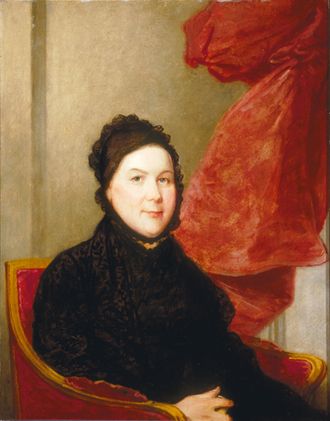
Catharine "Caty" Littlefield Greene (February 17, 1755 – September 2, 1814) was an influential American patriot during the Revolutionary War. As the devoted wife of Continental Army General Nathanael Greene, she traveled to his encampments, providing support, comfort, and entertainment to soldiers and officers. Despite the challenging conditions, including harsh weather and illness, Caty followed her husband, even spending a winter at Valley Forge. After the war, the couple faced financial difficulties due to unpaid debts for provisions for the soldiers. They moved to Georgia to operate a plantation with enslaved workers. Following Nathanael's passing in 1786, Caty married Phineas Miller, who successfully managed the plantation for a time. Notably, with the assistance of her friend Alexander Hamilton, arrangements were made with the federal government to repay the debts incurred during the war. Caty was also a supporter of inventor Eli Whitney and was known for her remarkable intellect and ability to apply knowledge to practical affairs. Born into an upper-class family, she received a formal education and lessons of domesticity, and her marriage to Nathanael Greene in 1774 marked the beginning of her involvement in the Revolutionary War. Throughout the war, Caty played a vital role, supporting her husband's efforts and forming friendships with other officers' wives. Her unwavering dedication and resilience during challenging times left a lasting impact on American history.
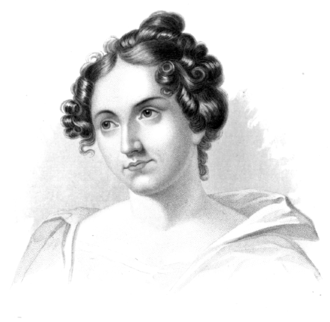
Catharine Maria Sedgwick (1789–1867) was a prominent American novelist known for her domestic fiction. She gained recognition as one of the most notable female novelists of her time, contributing to the creation of a national literature with her works set in American settings. Sedgwick's writing combined patriotism with protests against historic Puritan oppressiveness, and her detailed descriptions of nature enhanced the literary landscape. She created spirited heroines who defied the stereotypical conduct expected of women during her era and promoted Republican motherhood. Born in Stockbridge, Massachusetts, Sedgwick was raised in a family of prominence, and her talents were appreciated and encouraged by her brothers. She was influenced by Elizabeth Freeman, a former slave, which shaped her perception of the world. Sedgwick's literary career began with the publication of her first novel, "A New-England Tale," followed by "Redwood" and "The Travellers." Her most celebrated work, "Hope Leslie," solidified her reputation as a distinguished novelist. Sedgwick's contributions to American literature continue to be acknowledged and appreciated.
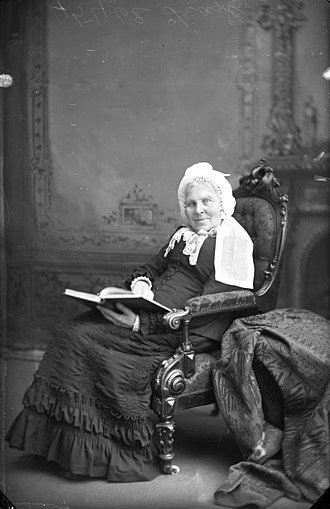
Catharine Parr Traill (1802–1899) was an English-Canadian author and naturalist known for her extensive writing about life in early Canada, particularly Ontario. Traill, a pioneer of Canada's natural history, wrote 24 books covering topics from her life as a settler in Ontario to botany. Born in Southwark, England, Traill and her siblings turned to writing as a source of family income after her father's death. She began her writing career with children's books and later chronicled her experiences in Canada in "The Backwoods of Canada" and "Canadian Crusoes." Traill also wrote about the skills necessary for a new settler, published in "The Female Emigrant's Guide." After her husband's involvement in the Upper Canada Rebellion, the Traills and Moodies moved to Belleville, Ontario, where Traill focused on writing about the natural environment and plant life of Canada. She received recognition for her contributions, including the naming of a university college after her and being featured on a commemorative postage stamp. Traill's legacy lives on through her extensive contributions to Canadian literature and natural history.
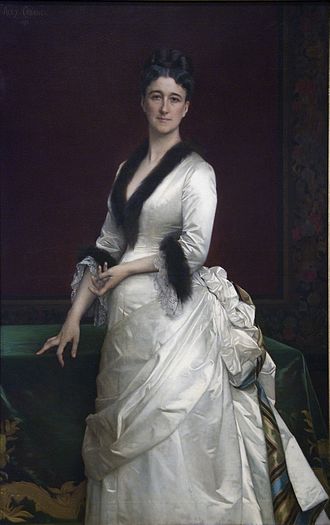
Catharine Lorillard Wolfe (8 March 1828 – 4 April 1887) was an influential American philanthropist and art collector. Known for her significant contributions to the Metropolitan Museum of Art in New York City, she bequeathed her extensive collection of contemporary paintings and a generous sum of $200,000 to the museum. Coming from a prominent family, Wolfe inherited a substantial fortune after the passing of her parents and dedicated herself to various philanthropic endeavors, supporting causes such as the Newsboys' Lodging House and Industrial School and financing archaeological missions. She was also instrumental in establishing Bishop Whitaker's School for Girls in Reno, Nevada. Wolfe's most notable philanthropic effort, the bequest of her art collection, marked a turning point for American museums, as it encouraged them to reach out to wider audiences and transformed them into professional institutions dedicated to promoting modern art. Her legacy lives on through the Wolfe Fund, which has facilitated the acquisition of masterpieces by the Metropolitan, including works by renowned artists such as Pierre-Auguste Renoir and Jacques-Louis David. Wolfe passed away at the age of 59, leaving behind a lasting impact on the art world and philanthropy.
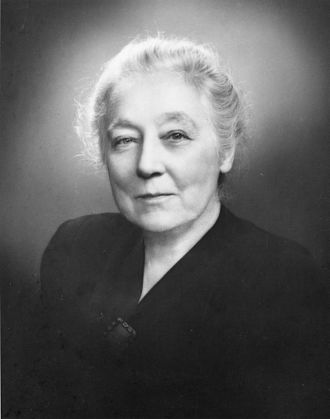
Catharine Macfarlane (1877–1969) was a pioneering American obstetrician and gynecologist recognized for her significant contributions to cancer control and preventive medicine. She established one of the first uterine cancer screening centers in the United States and was a trailblazer for women in the medical field.Macfarlane's educational journey began at the University of Philadelphia, where she earned her Bachelor of Science in Biology in 1895. She continued her studies at the Women’s Medical College of Pennsylvania, obtaining her medical degree in 1898. Subsequently, she pursued postgraduate work at Johns Hopkins University, solidifying her expertise in the medical field.During her illustrious medical career, Macfarlane held several prestigious positions, including being the first woman fellow of the College of Physicians of Philadelphia and the first woman president of the Obstetrical Society of Philadelphia. She also made significant advancements in cancer treatment by being the first practitioner to utilize radium in cancer treatment and establishing the first uterine cancer screening program in the United States.Macfarlane's dedication and contributions to the medical field were widely recognized through numerous honors and awards. She was a prominent figure in various medical associations and received accolades such as the Lasker Award for Clinical Medical Research and the Mary Silberman Award for her groundbreaking work in cancer prevention.Throughout her career, Macfarlane advocated for women's health rights and played a pivotal role in shaping the landscape of modern gynecological and obst
All images displayed on this page are sourced from Wikipedia or Wikimedia Commons.We use these images under their respective Creative Commons or public domain licenses. Wherever applicable, author attributions and license information are provided. If you believe an image is used incorrectly or outside its license terms, please contact us so that we can review and correct the issue.